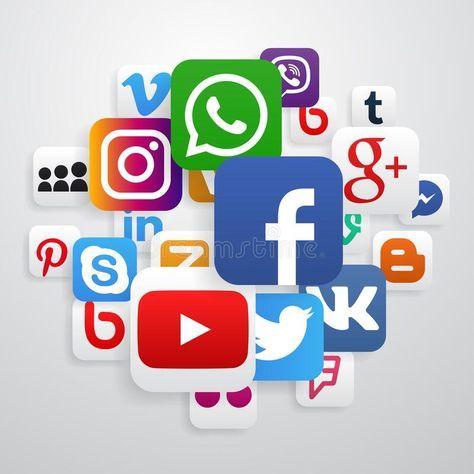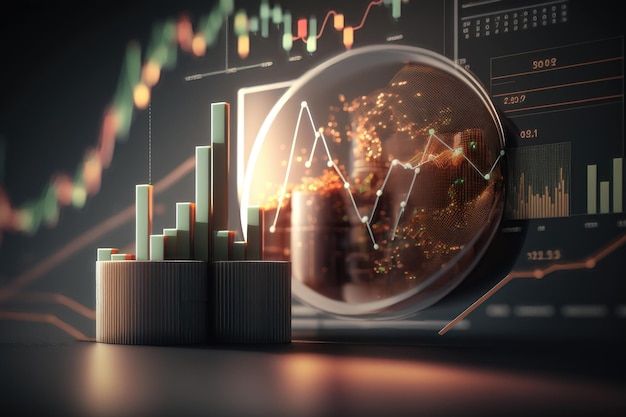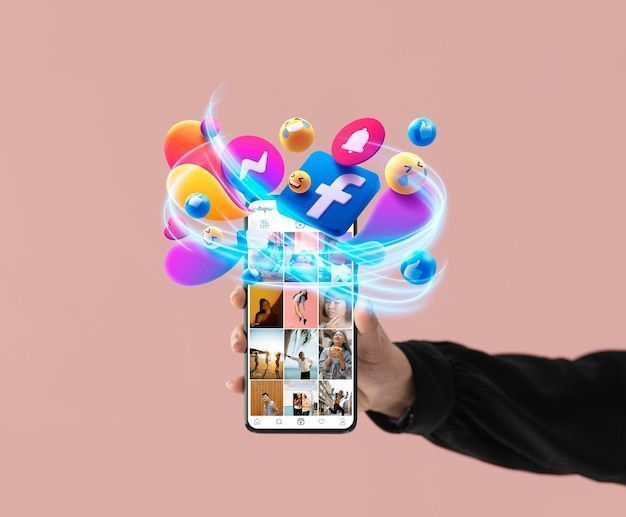The Rise of a Decentralized Marketing Powerhouse
The marketing landscape in 2025 looks radically different from what it did even three years ago. The traditional influencer model, once dominated by mega-celebrities, has given way to a more intimate, authentic, and data-driven approach: the micro-influencer revolution. The creator economy, now valued at over $480 billion globally (according to Goldman Sachs), has become a driving force behind how brands reach, engage, and retain audiences.
Micro-influencers creators with 10,000 to 100,000 followers are now at the heart of this evolution. Their power lies not in reach but in relevance. They speak directly to highly engaged niche communities, generating trust and conversion rates that outpace traditional ads by up to 60%, according to HubSpot’s 2025 State of Social Media report.
From Follower Count to Community Connection
Brands are increasingly prioritizing engagement quality over follower quantity. A 2025 survey by Sprout Social found that 78% of marketers consider engagement rate the most critical metric when evaluating creators. This shift marks a new era where authenticity is currency, and micro-influencers are the best traders.
Take the example of Dove’s #RealBeauty campaign 2.0, launched in early 2025. Instead of hiring A-list influencers, Dove collaborated with 3,000 micro-creators from 50 countries, each sharing personal stories about body positivity. The result: a 45% higher engagement rate and a viral wave of user-generated content that reached 200 million views in under a month.
“The audience wants to feel seen, not sold to,” says Maria Gomez, Chief Marketing Officer at SocialSphere Analytics. “Micro-influencers bring back the humanity in marketing.”

Platforms Powering the New Wave
Social media platforms are evolving to meet the needs of this decentralized creator ecosystem. TikTok, Instagram, and YouTube continue to lead, but emerging players like Lemon8, LinkedIn Creators, and Pinterest Collabs are carving niche opportunities for professionals, lifestyle brands, and educators.
- TikTok Pulse+ now allows brands to directly collaborate with micro-influencers using advanced AI matching.
- Instagram’s Creator Marketplace 2.0, launched in mid-2025, offers predictive analytics for ROI forecasting.
- YouTube Shorts has become the top platform for Gen Z micro-creators, with ad revenue sharing up 35% year-over-year.
Even LinkedIn has joined the trend, rewarding B2B creators who share insights and brand partnerships with visibility boosts through its new Creator Accelerator Program.
The Economics of Influence in 2025
The financial landscape of the creator economy has matured. Micro-influencers are no longer relying solely on brand sponsorships. They are diversifying income streams through courses, subscriptions, NFTs, and affiliate marketing. According to a 2025 Influencer Marketing Hub report, 62% of micro-creators earn full-time income from their content, up from just 31% in 2022.
Brands, too, are adapting. Instead of massive one-off campaigns, companies are investing in long-term partnerships and performance-based collaborations. Data shows that brands working with micro-influencers on a 12-month retainer model see a 29% improvement in ROI compared to one-time posts.
Case in point: Glossier’s “Everyday Experts” program hires loyal customers with under 50,000 followers as long-term brand storytellers. The brand reports a 40% drop in cost-per-acquisition (CPA) while maintaining high engagement rates.
AI: The Invisible Engine Behind Creator Marketing
Artificial intelligence is quietly transforming how brands discover, vet, and collaborate with micro-influencers. Tools like InfluenceAI, CollabMatch, and CreatorIQ 3.0 use machine learning to analyze sentiment, audience overlap, and authenticity scores.
AI also empowers creators to automate repetitive tasks from content scheduling to performance analytics freeing them to focus on creativity. Moreover, generative AI tools are enabling personalized ad content at scale, allowing brands to localize messages across diverse creator networks in multiple languages.
“AI is making influencer marketing more measurable and less mysterious,” notes Dr. Ethan Wu, Head of Data Strategy at CreatorIQ. “It’s the bridge between creativity and accountability.”
Challenges in the New Creator Economy
Despite the opportunities, the space isn’t without challenges. Oversaturation, algorithm volatility, and brand safety concerns persist. With 50 million active creators worldwide, competition is fierce.
Moreover, regulatory oversight is tightening. Governments in the EU and Asia now require stricter transparency in paid partnerships, pushing both brands and creators to adopt clearer disclosure standards.
Still, the trajectory remains upward. As audiences grow weary of polished ads, the micro-influencer’s blend of relatability and expertise continues to win hearts and wallets.
Actionable Takeaways for Brands
- Prioritize micro over mega – Focus on influencers with deep community trust.
- Invest in long-term partnerships – Build brand loyalty, not one-time impressions.
- Leverage AI analytics – Use predictive tools for smarter creator selection.
- Diversify platform presence – Explore emerging social networks for niche markets.
- Ensure transparency – Align with creators who uphold ethical and authentic communication.
The Future: Collaboration Over Control
The next phase of the creator economy will be defined by collaboration, not control. Brands will act more as partners and patrons of creativity rather than directors of content. In this new paradigm, micro-influencers aren’t just marketing tools they are cultural translators who turn brand messages into human stories.
As 2025 unfolds, one thing is clear: the era of the faceless advertisement is fading, and the age of authentic influence has begun.



